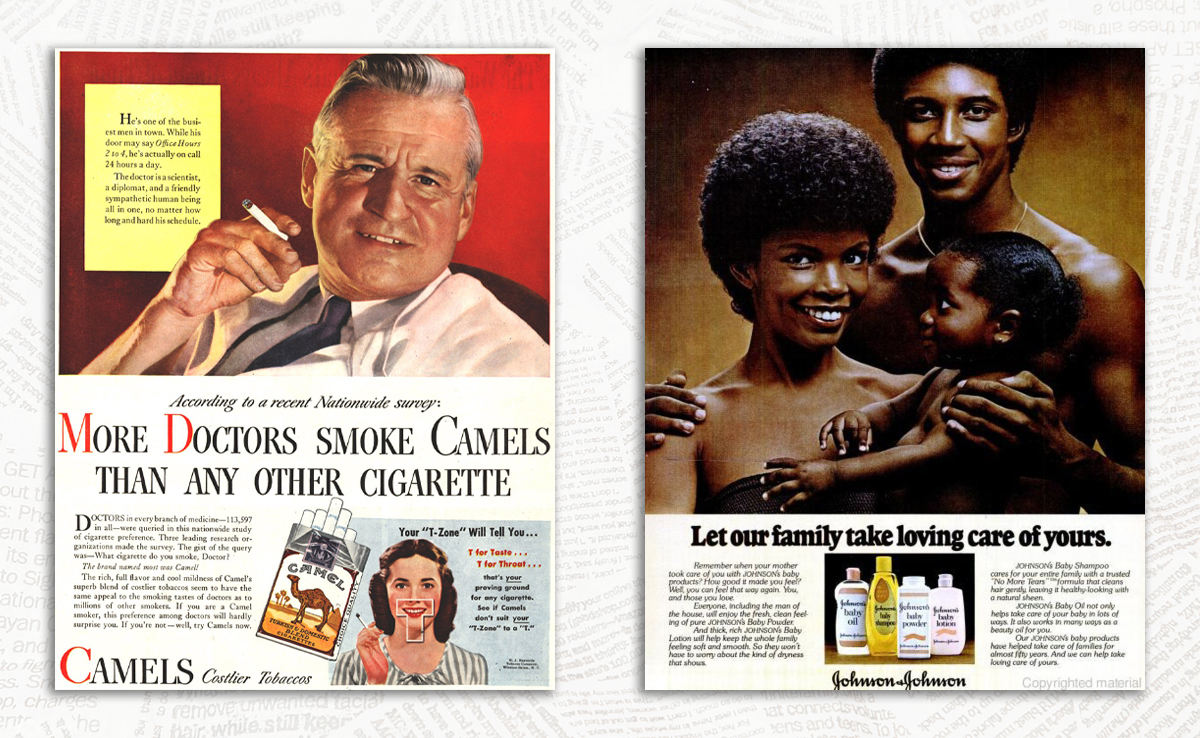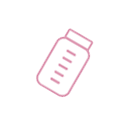Tobacco and Talc: Corporate Playbooks to Hide the Truth

Information is Power
More than forty scientific studies by some of the world’s leading scientists and medical experts have reported alarming findings over the last 40 years. Still, Johnson & Johnson chooses to attack the science rather than acknowledge these risks and protect women.
Women have the right to know the facts about the cancer risks associated with talcum powder products like Johnson & Johnson’s Baby Powder and Shower to Shower.
Talc-Ovarian Cancer By The Numbers
U.S. women diagnosed with ovarian cancer annually
Women who die of ovarian cancer annually
Ovarian cancer cases caused by talcum powder
Studies link talc use and ovarian cancer
Ovarian cancer deaths every year due to talc
“It was really clear they [Johnson & Johnson] were hiding something.”– Jury Foreman Krista Smith Bloomberg/Newsweek Interview
Talcum Powder Timeline

2023
Third Circuit Court of Appeals rules the LTL bankruptcy was filed in bad faith and mandates that talc-related claims be returned to civil courts.

2022
Johnson & Johnson announces end of global sales of all talc-based products.

2021
LTL files for bankruptcy; injunction halts all talc litigation.

2020
Johnson & Johnson announces that the company will no longer sell talc-based powders in North America.

2020
In addressing more than 17,000 pending legal claims, a New Jersey federal court finds scientific evidence of a talc-ovarian cancer connection to be “reliable.”

2020
The FDA holds daylong public hearing on recommendations to expand the definitions of carcinogenic talc and requiring more sensitive testing of talc products.

2019
Johnson & Johnson recalls more than 30,000 bottles of its baby powder after FDA discovered cancer-causing chrysotile asbestos in the product.

2019
The Reuters news service publishes a special report documenting that, in the face of declining baby powder sales, Johnson & Johnson has created marketing campaigns targeting minority populations despite the company’s knowledge of the dangers of talcum powder.

2019
A U.S. House subcommittee held an investigative hearing on the science and safety of talc-based products, prompted by the FDA’s discovery of asbestos-containing talcum powder in certain cosmetics marketed to children and teens. The panel may recommend granting the FDA more authority to mandate safety recalls of cosmetics, powders and personal care products.

2018
The Reuters news service and The New York Times each publish reports, based on corporate and legal documents, stating that Johnson & Johnson was aware of the presence of asbestos in its talcum powder products for decades, but chose to deny the dangers to regulators and the public.

2018
A St. Louis jury finds Johnson & Johnson and its talc supplier liable for more than $4.6 billion in damages on behalf of 22 ovarian cancer victims, finding that the companies were aware of and responsible for cancer-causing asbestos in talcum powder products.

2016
In three separate trials, juries return verdicts totaling almost $200 million on behalf of women who died of ovarian cancer from using talcum powder for feminine hygiene for decades.

2014
National Cancer Institute issues report citing talc use as a risk factor for ovarian cancer.

1996
Condom industry removes talc from all products due to ovarian cancer concerns.

1992
Harlow Study: Finds that women who applied genital talc had 50% increased risk of developing ovarian cancer.

1992
Internal J&J memo outlines the planned targeting of Black and Hispanic women through increased marketing in hopes of countering an overall decline in sales of products containing talc. The document notes that those populations have the highest usage rate of the products.

1982
Cramer Study: First case-control study to link genital talc use with ovarian cancer finds women have a 92% increased risk of ovarian cancer when using talc for feminine hygiene purposes.

1971
British Journal of Obstetrics & Gynecology study discovers talc particles in 75% of ovarian tumors.

1930s
First accounts of harmful effects of talc on humans recorded.
